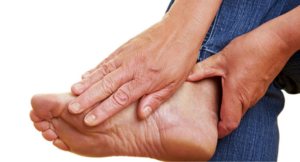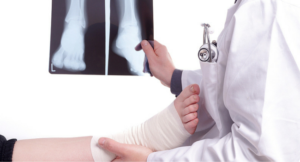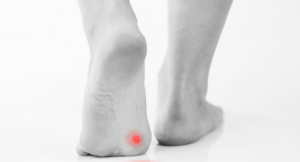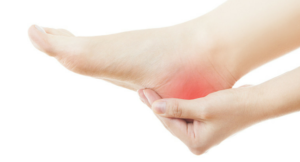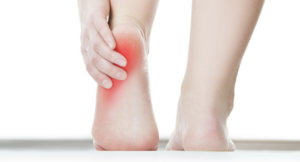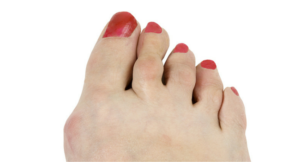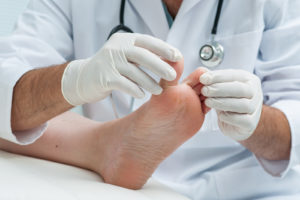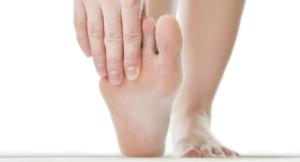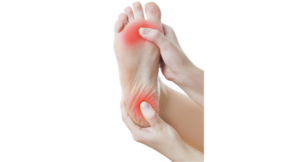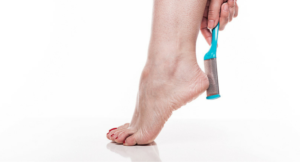
Toenail Fungus
Toenail fungus—also called onychomycosis or tinea unguium—is an infection below the surface of the nail caused by contact with different types of fungi. Nail fungus usually begins with white or yellow spots under the tip of the toenails. If left untreated, the infection can grow deeper, which can cause the nail to become weak or

